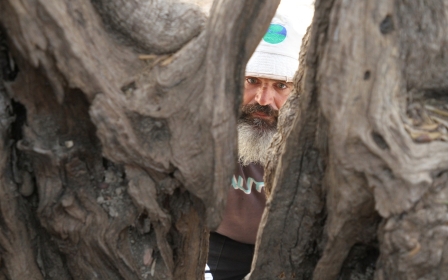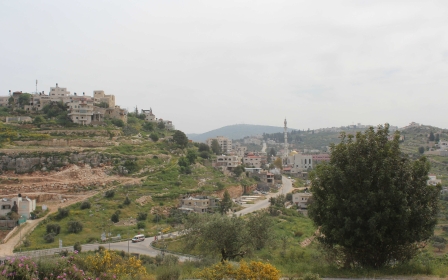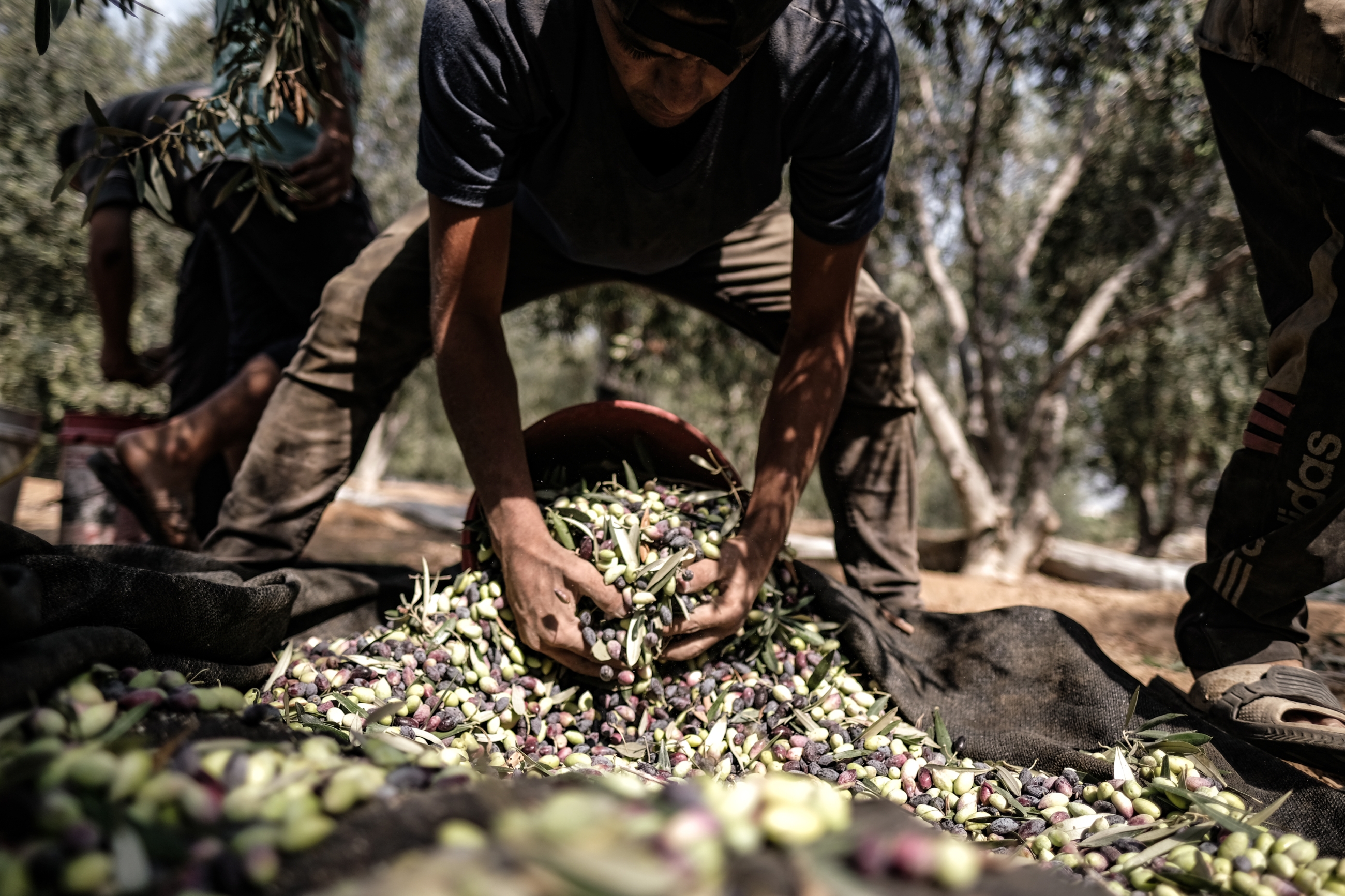
In pictures: Olive-picking season in Gaza

For Palestinians, the olive tree is a symbol of hope and resilience. As summer comes to an end, the olive-picking season in Gaza begins. Harvesting takes place from the start of September through to the end of November and is an economic lifeline for many families.
For most families in Gaza, olive trees are immensely precious. Some have inherited them from their ancestors and will pass them down to their children, making them an important source of income. (MEE/Fatima Shbair)
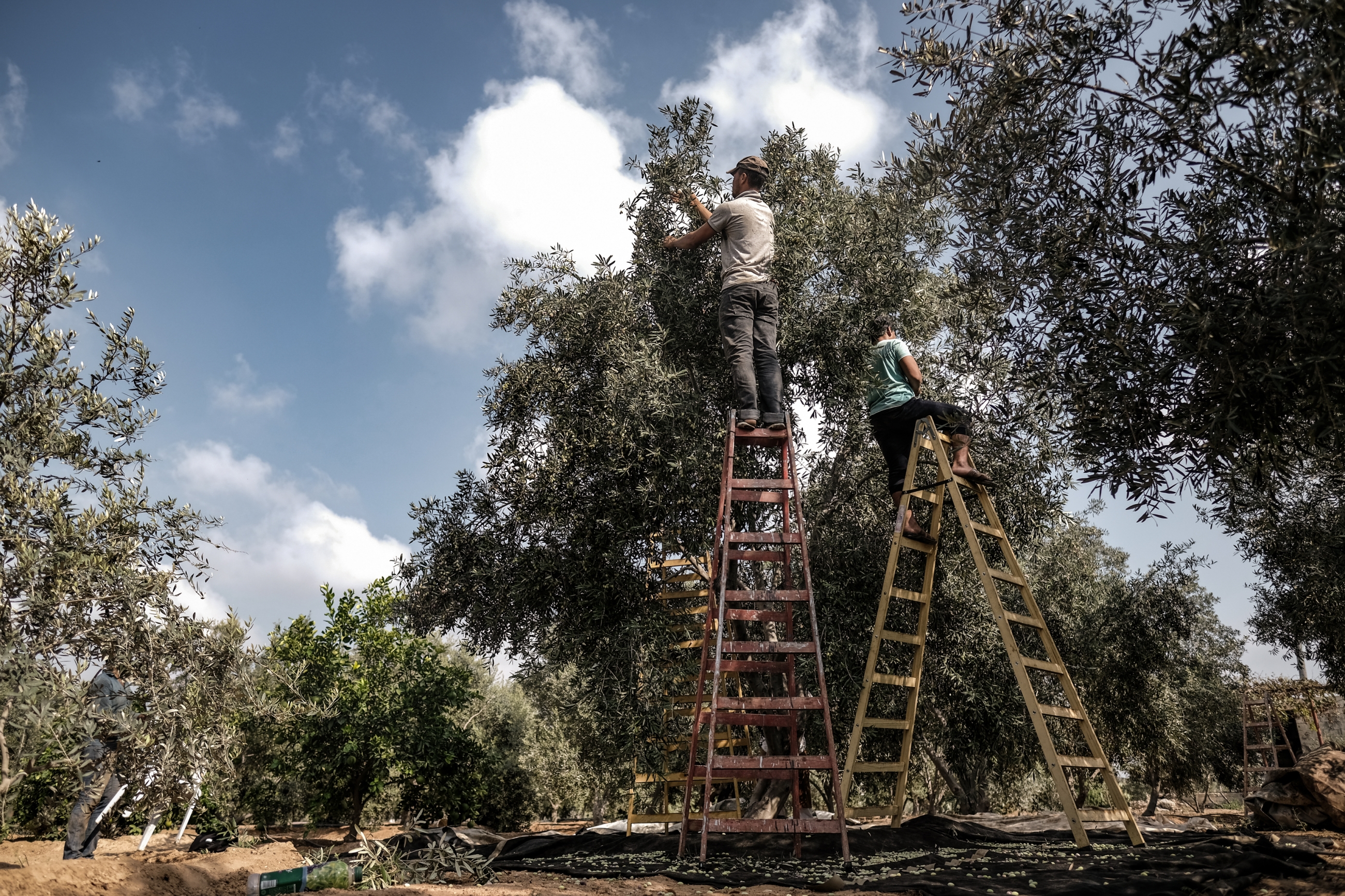
Farmers will wake up early in the morning to start work and prepare for a long day of harvesting in the heat. Some families will come to the olive groves together, or with friends and neighbours, to collect olives for self-consumption or to sell on in markets.
Olive-harvesting is a popular job for many young Palestinians, as it allows them to earn a decent wage. Harvesting takes place every day from 7am to 6pm, and can be strenuous work. (MEE/Fatima Shbair)

Farmers carefully select the olives and pick them apart from their leaves. A good or bad season is determined by the number of olives on the tree and the size of the olives. There is a heavy demand for olive oil and larger olives, making them a favourite among customers. (MEE/Fatima Shbair)
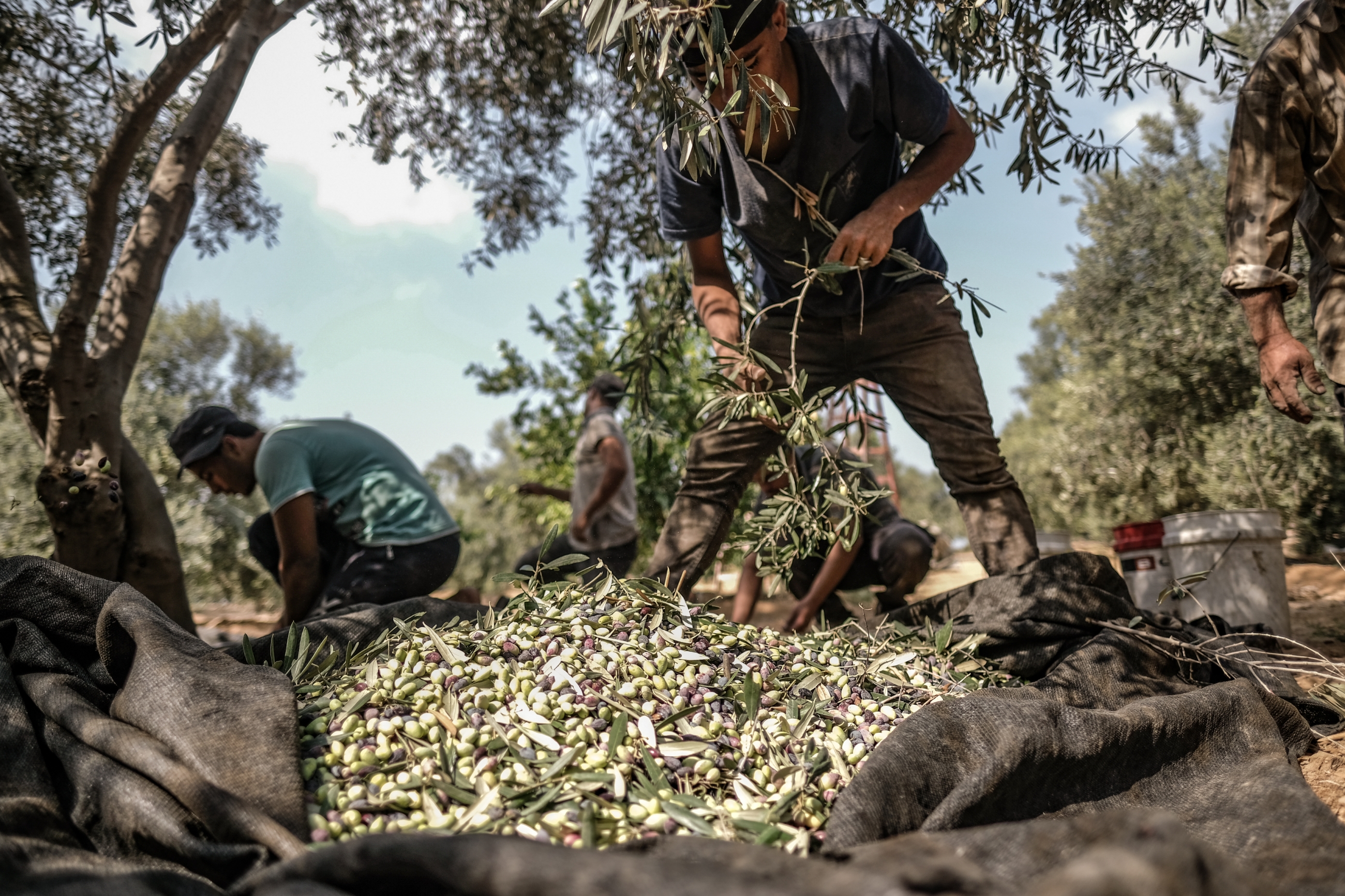
Olive trees in Gaza also frequently come under attack by Israeli settlers and Palestinian farmers face harassment and attacks. The land on which the trees are grown is coveted for its fertility. (MEE/Fatima Shbair)
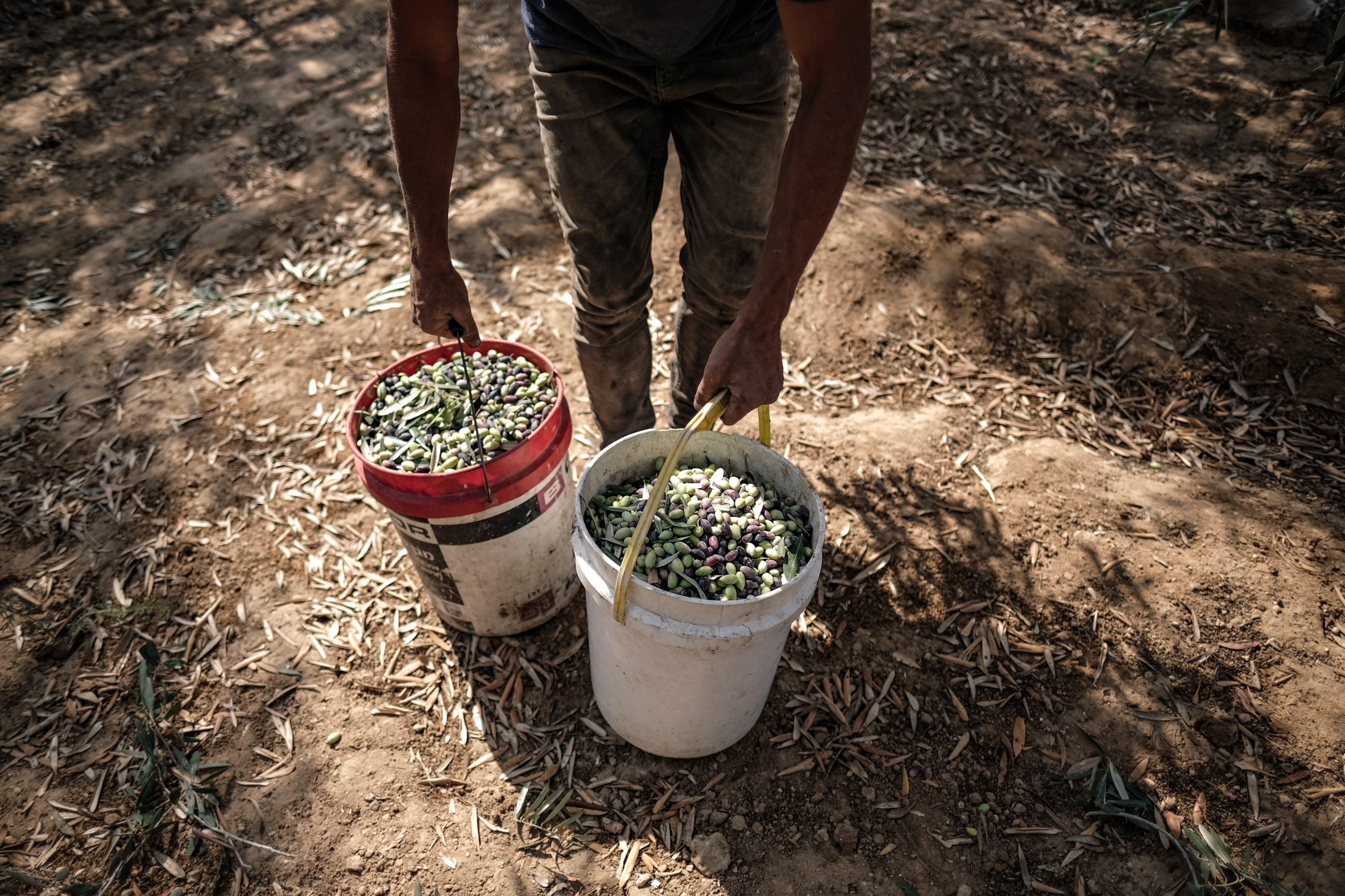
Many of the crops are struggling due to the lack of rainfall and water restrictions placed on them by Israeli authorities. Many Palestinian farmers face challenges when it comes to harvesting as a result of other restraints imposed by the Israeli occupation. (MEE/Fatima Shbair)

Israel has also halted the export of olives and olive oil from the Gaza Strip abroad, severely impacting the livelihood of many families and the Palestinian economy.
“[This] has reduced workers’ wages and reduced demand due to the difficult economic situation in the strip,” says Abdullah al-Sheikh Khalil, an 80-year-old Palestinian farmer. (MEE/Fatima Shbair)

After olive harvesting is completed, a portion of it is distributed to markets and the other part is sent to factories to start the oil-extraction stage. This begins with separating the olives from the leaves and branches, followed by washing and grinding them. (MEE/Fatima Shbair)

The mixture is then sent to the sorting stage, which is the separation of grains, water and oil. The final stage is where the oil passes through a purification machine, making it ready to be packaged and sold. (Fatima Shbair/MEE)
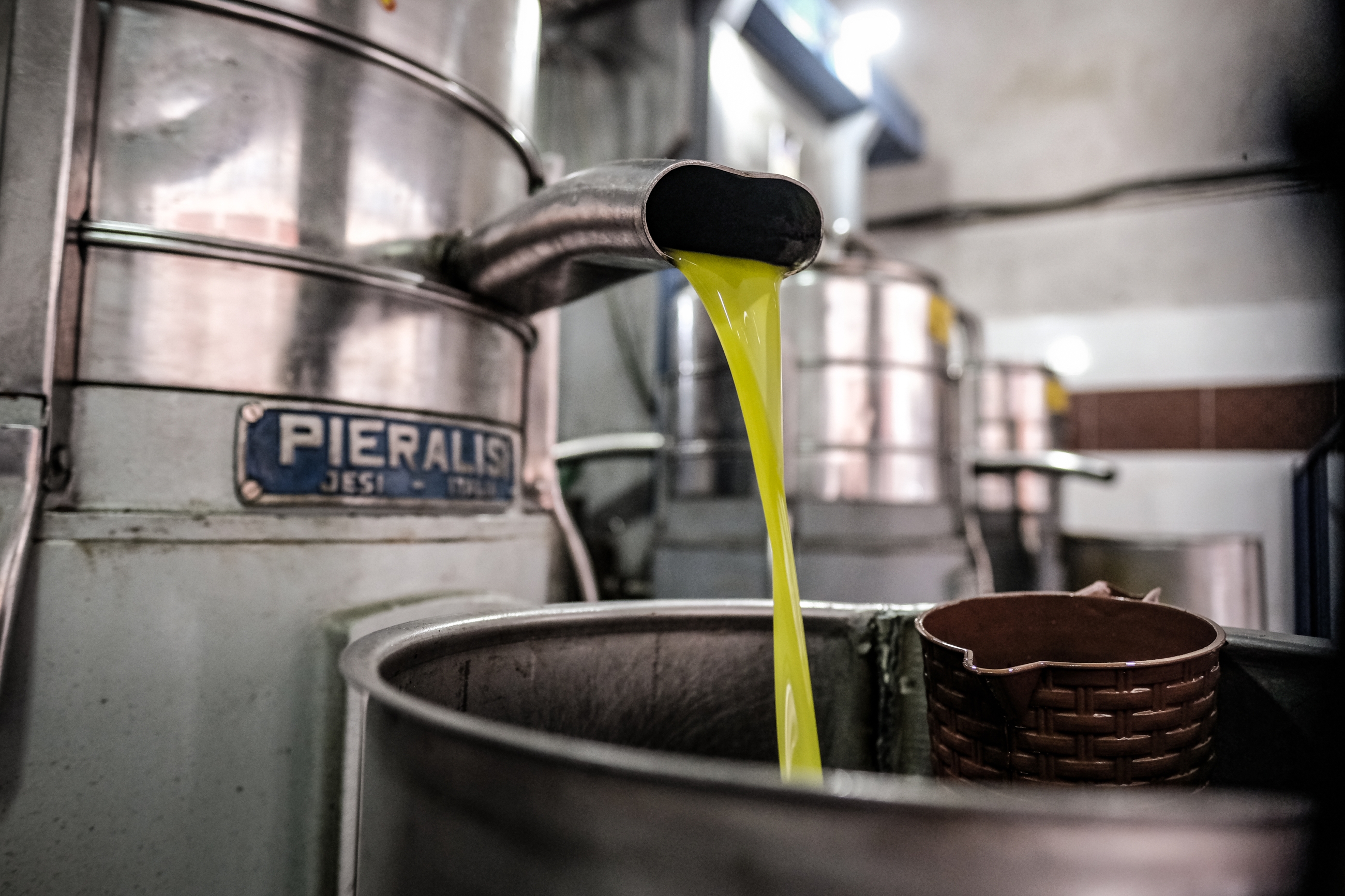
The process of converting olives into oil takes one hour per cycle, where about three tonnes of olives are ground, which produces about 30 gallons of olive oil. (MEE/Fatima Shbair)
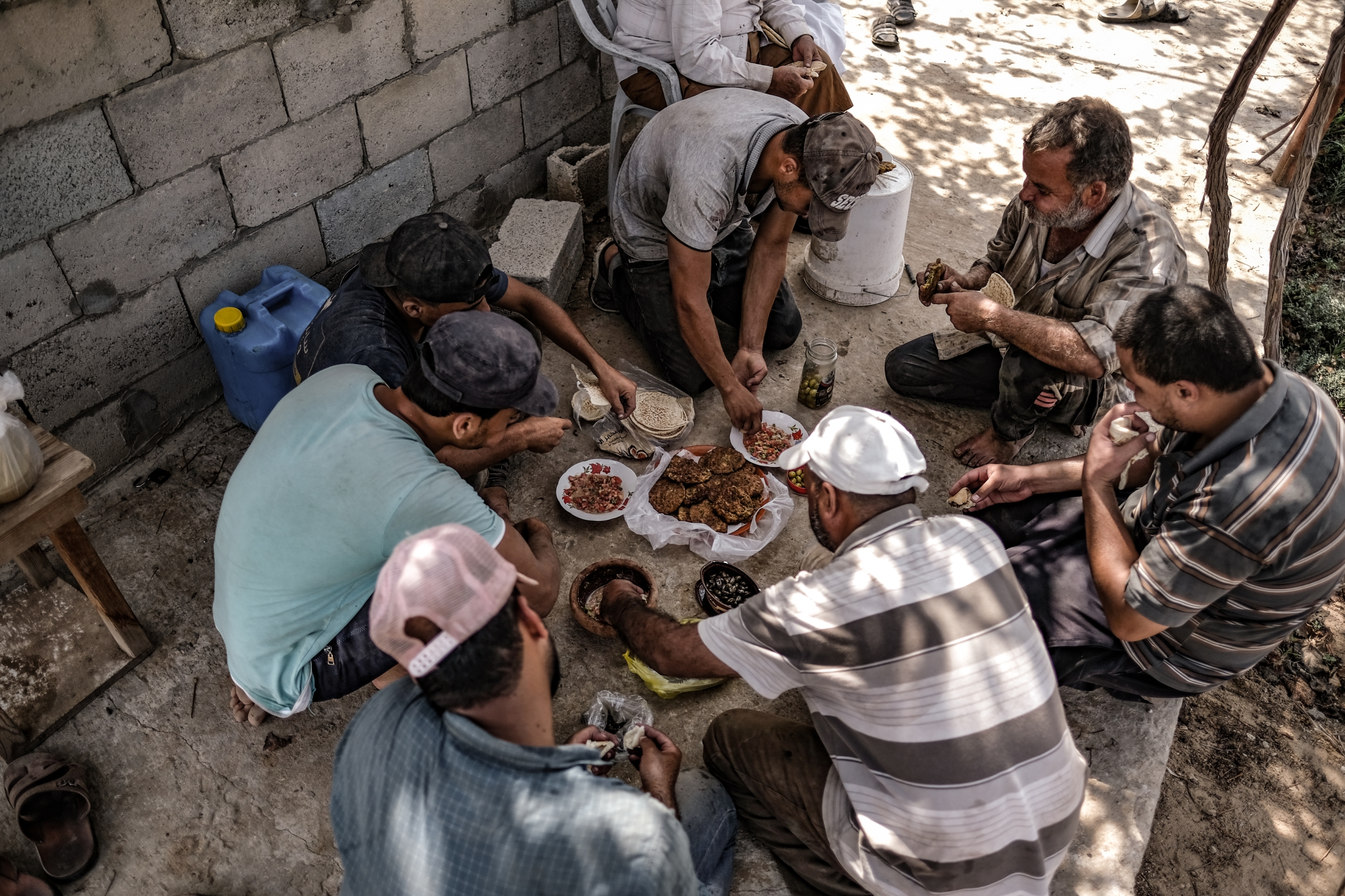
After an exhausting day of work, farmers gather together for a short break and to share a meal of omelettes, olives and fried tomatoes. (MEE/Fatima Shbair)
This article is available in French on Middle East Eye French edition.
Middle East Eye delivers independent and unrivalled coverage and analysis of the Middle East, North Africa and beyond. To learn more about republishing this content and the associated fees, please fill out this form. More about MEE can be found here.


